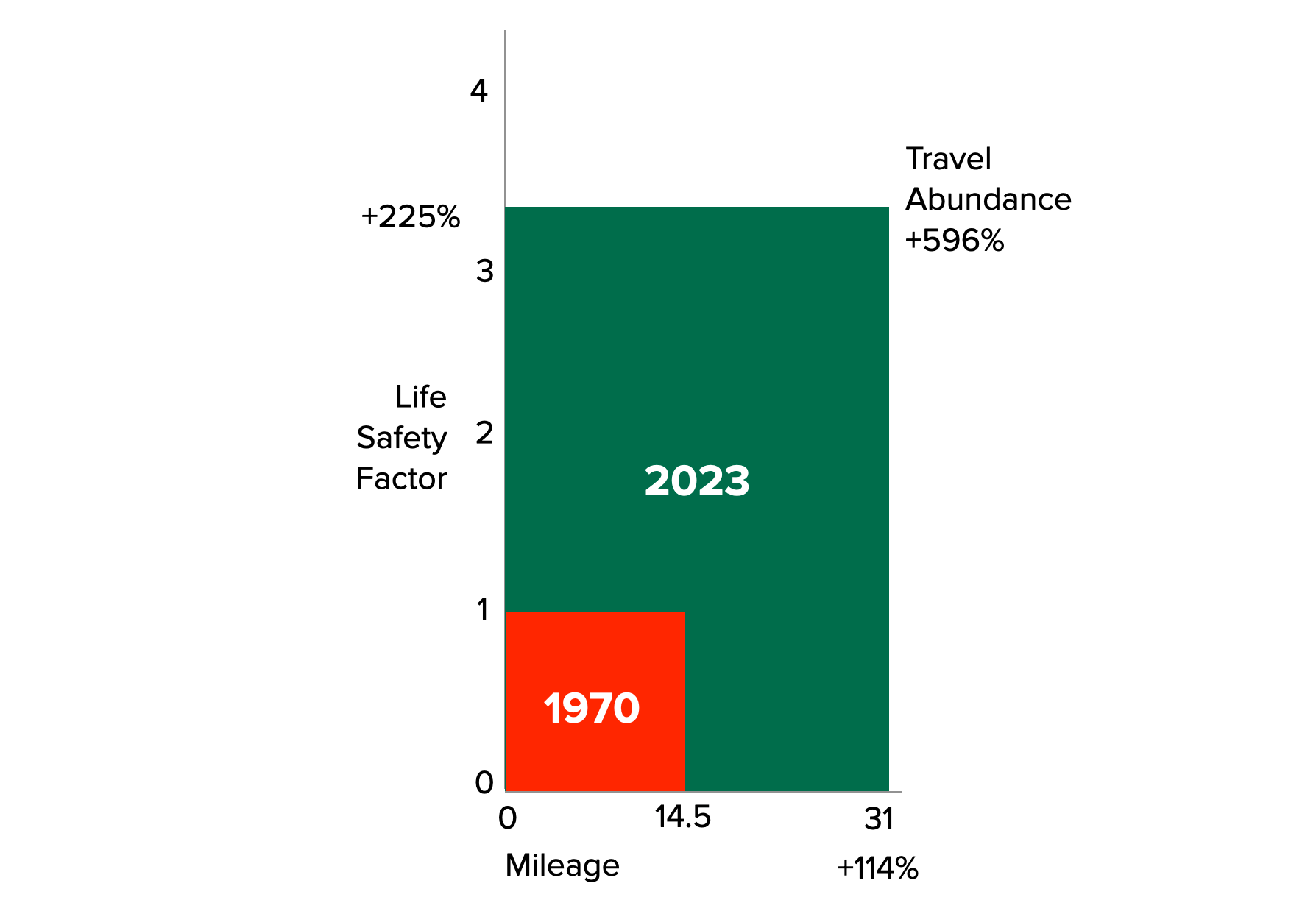“Also known as kala-azar, visceral leishmaniasis is the world’s deadliest parasitic killer after malaria.
It causes fever, weight loss, spleen and liver enlargement, and, if not treated, death. Kala-azar is transmitted by the bite of infected sandflies and is endemic in 80 countries, mainly in Eastern Africa, South Asia, and Latin America. One billion people are at risk globally and Eastern Africa has currently the highest number of cases. As for other vector-borne diseases, climate change is changing the epidemiology of leishmaniasis and could lead to its expansion to new areas. An estimated 50,000 to 90,000 new cases occur worldwide annually, and half are children under 15 years of age.
In Africa, the current treatment for visceral leishmaniasis includes painful injections given at hospital daily for 17 days, a treatment that may also present rare but life-threatening side effects, including to the heart, liver, and pancreas. In contrast, the new molecule under study in Ethiopia, called LXE408, is administered in the form of oral pills and is expected to be safer than the current treatment.”




